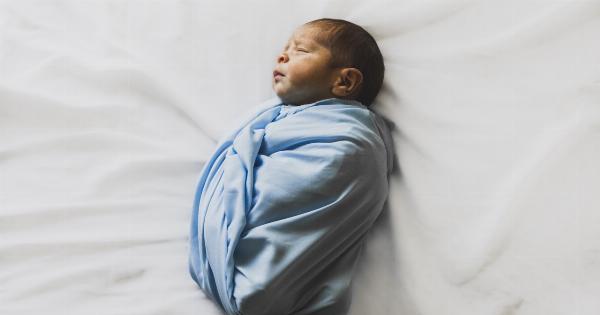Sleep plays a crucial role in the development and growth of a child, especially during their early years. It contributes to their overall health, emotional well-being, cognitive function, and behavior.
Adequate sleep is essential for their physical and mental development, which is why it is important to determine the recommended amount of sleep for a 2-year-old child. In this article, we will delve into the topic and explore the factors that influence a child’s sleep patterns, as well as provide some tips to help establish a healthy sleep routine for your little one.
Factors Affecting a 2-Year-Old’s Sleep Needs
Several factors contribute to the amount of sleep a 2-year-old child requires. These include:.
1. Growth and Development
Growth spurts and rapid development are common during the early years of a child’s life. These require ample rest and sleep to support their physical and mental growth.
Two-year-olds experience significant cognitive, social, and emotional development, and adequate sleep aids in consolidating their learning and fostering their overall development.
2. Individual Sleep Needs
Every child is unique, and their sleep needs may vary. While some may require more sleep, others may be satisfied with relatively lesser hours.
It is important to observe and understand your child’s sleep patterns and adjust their sleep routine accordingly.
3. Activity Levels
The level of physical activity a 2-year-old engages in throughout the day can influence their sleep needs. If a child is more active, they might require additional sleep to recharge and recover from their exertions.
On the other hand, if a child has a sedentary lifestyle, their sleep needs may be slightly lower.
Recommended Sleep Guidelines for a 2-Year-Old Child
Based on the factors mentioned above and expert recommendations, the National Sleep Foundation provides the following guidelines for the recommended amount of sleep for a 2-year-old child:.
1. Nighttime Sleep
On average, a 2-year-old child needs about 11-14 hours of sleep per night. However, it is important to remember that individual sleep needs may vary.
2. Daytime Naps
In addition to nighttime sleep, a 2-year-old child also requires daytime naps to meet their overall sleep needs. Typically, a 2-year-old needs one nap during the day lasting 1-3 hours.
Ensuring a regular nap routine can contribute to better nighttime sleep as well.
Establishing a Healthy Sleep Routine
Creating a consistent sleep routine is essential for fostering healthy sleep habits in a 2-year-old child. Here are some tips to help you establish a routine:.
1. Consistent Bedtime
Set a consistent bedtime and encourage your child to follow it every night. This helps regulate their internal body clock, making it easier for them to fall asleep and wake up at the desired times.
2. Wind-Down Activities
Engage in calm and relaxing activities with your child before bedtime. This could include reading a story, dimming the lights, or listening to soothing music.
Avoid stimulating activities or screens as they can interfere with your child’s ability to fall asleep.
3. Create a Comfortable Sleep Environment
Ensure that your child’s sleep environment is comfortable, safe, and conducive to sleep. Maintain a suitable room temperature, use a cozy mattress and bedding, and consider using white noise or a nightlight if it helps your child sleep better.
4. Encourage Physical Activity
Promote regular physical activity during the day to help your child expend energy. This can include active playtime, outdoor activities, or age-appropriate exercises.
However, it is important to avoid stimulating activities close to bedtime as they can make it difficult for your child to fall asleep.
Conclusion
Understanding the recommended amount of sleep for a 2-year-old child is vital for their overall well-being and development.
While general guidelines provide a good starting point, it is crucial to pay attention to your child’s individual sleep needs and adjust their routine accordingly. By establishing a healthy sleep routine and environment, you can support your child’s growth, cognitive function, and emotional well-being.































